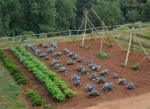 By: Deborah Lee Luskin | A Reblog | I love to garden. It’s a meditative activity – something I can do while my mind freewheels. Last Sunday, I found myself thinking how preparing a small vegetable patch is like writing a book.
By: Deborah Lee Luskin | A Reblog | I love to garden. It’s a meditative activity – something I can do while my mind freewheels. Last Sunday, I found myself thinking how preparing a small vegetable patch is like writing a book.
Lesson 1: Writing is Solitary.
For the first time in thirty years, I’m planting the garden solo. My husband helped me install the fence posts (just as he built the studio where I write), but he prefers to nurture the orchard. I’m on my own, just as I write by myself during the week while he’s off tending to his patients’ health.
Lesson 2: Selectivity is Good.
There was a time when we grew and preserved all our food – but no longer. We’re now supplied with locally grown produce from a neighbor’s organic farm, so I’m only planting high-value items that are harder to find in local markets – shallots and leeks, fennel,  escarole and Brussels sprouts – as well as items we consume in quantity – cucumbers and cherry tomatoes, hot peppers and a wide assortment of culinary herbs.
escarole and Brussels sprouts – as well as items we consume in quantity – cucumbers and cherry tomatoes, hot peppers and a wide assortment of culinary herbs.
I’m leaving the prosaic vegetables – the zucchini and green beans, the carrots and potatoes – to the production professionals. In a similar way, I’ve retired from the teaching, managerial and editorial jobs that others can do as well as or even better than I can. No one else can tell the stories I imagine, so I’m concentrating on them.
Lesson 3: Limits are Helpful.
 I started by limiting the scope of my garden. I’ve fenced off an eight- by sixteen-foot rectangle to keep the free-range chickens out, and to keep my intentions focused – and manageable. Our previous gardens were huge, time-sucking affairs, and sometimes we raised an equal quantity of weeds as tomatoes. Similarly, over the past year, I’ve drafted thousands of words about my character’s life. But recently, I’ve come to realize that the story I’m telling takes place over the course of nineteen months. So that’s what I’ll develop; everything else must come out, just like the weeds.
I started by limiting the scope of my garden. I’ve fenced off an eight- by sixteen-foot rectangle to keep the free-range chickens out, and to keep my intentions focused – and manageable. Our previous gardens were huge, time-sucking affairs, and sometimes we raised an equal quantity of weeds as tomatoes. Similarly, over the past year, I’ve drafted thousands of words about my character’s life. But recently, I’ve come to realize that the story I’m telling takes place over the course of nineteen months. So that’s what I’ll develop; everything else must come out, just like the weeds.
Lesson 4: Wri ting Takes Time.
ting Takes Time.
At the outset, a hundred and twenty-eight square feet looks just as big as a 100,000-word novel, and turning it over with a hand fork appears as daunting as filling a ream of paper by pen. My husband offered to do this heavy task for me; he would have had the garden-plot ready in less than an hour. I thanked him and said I would do it myself. It took me three hours, during which time I meditated on how preparing the garden is like writing a novel. I stopped only for water and to take pictures for this post, which I was composing as I dug.

Lesson 5: Small Tasks Yield Success.
A week earlier, I’d covered my plot with a tarp to warm the earth and kill weeds. The weeds continued to flourish, however, and the prospect of turning the soil by hand and pulling the weeds out by the root was too much. So I put the tarp back in place and working a small section at a time uncovered only a quarter of the space. After I turned those thirty-two square feet, I peeled the tarp back again, turning and weeding the next section. Now, the job was half done. I folded the tarp back again and again, always giving myself a small, measurable task that I could reasonably accomplish. Writing a book is just the same: I break each chapter into sections, and each section into paragraphs, each paragaph into sentences, each sentence into words. Each time I stuck the fork into the soil, it was a reminder that books are written one word at a time.

By the time I had raked the soil into beds and outlined the footpath with string, my neck was sunburned, my back was sore, and I was ready for a bath. I was done – for the day. I now had a well-defined garden plot with clearly outlined beds as weed-free as a clean piece of paper. Even though I was done-in, I’m anything but done. In fact, I’m just ready to start.
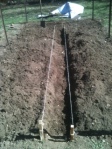 Ellen, the novel I’m crafting, is further along than my garden. But the garden is a good reminder about how to maintain forward progress on this first draft. My afternoon preparing my garden yielded these six truths: 1) Even though I work alone, I’m deeply engaged with my characters; 2) every time I cut out a scene or a character or an unnecessary word, I gain a clearer sense of what aspect of the story to nurture; 3) knowing the limit of the narrative has helped me focus on the story I have to tell; 4) drafting the novel is taking a long time – and I make progress daily; 5) I experience the elation of success when I set myself small, measurable tasks; and 6) every time I finish a section, a chapter, an entire draft, I’m ready to begin another section, another chapter, another draft. And even when that’s done – even when the writing and revision are finished – there’s another whole set of steps to see a book to completion, but those are chores of another season.
Ellen, the novel I’m crafting, is further along than my garden. But the garden is a good reminder about how to maintain forward progress on this first draft. My afternoon preparing my garden yielded these six truths: 1) Even though I work alone, I’m deeply engaged with my characters; 2) every time I cut out a scene or a character or an unnecessary word, I gain a clearer sense of what aspect of the story to nurture; 3) knowing the limit of the narrative has helped me focus on the story I have to tell; 4) drafting the novel is taking a long time – and I make progress daily; 5) I experience the elation of success when I set myself small, measurable tasks; and 6) every time I finish a section, a chapter, an entire draft, I’m ready to begin another section, another chapter, another draft. And even when that’s done – even when the writing and revision are finished – there’s another whole set of steps to see a book to completion, but those are chores of another season.
This growing season has just started. I tell myself, if I write word by word, weed by weed, my effort will blossom, and in time, I’ll see my book in my readers’ hands.
Meanwhile, I have a lovely garden bed ready for seeds.

photo: M. Shafer
Author Deborah Lee Luskin gardens and writes in southern Vermont and can be found on the web at www.deborahleeluskin.com
Share this post with your friends.
 By Chit U. Juan | On a recent trip to Legaspi City in the southeastern tip of the main island of Luzon in the Philippines, I was to attend a dinner with academics who were guests and speakers at the 3rd International Colloquium of the Bicol University Graduate School. As soon as we reached the mall, the rain poured and there was no way I could even alight from the car to join my party. Instead, we made a quick decision to join the dinner of Father Jovic and my colleagues at the Social Enterprise Development Center where I sit in the Board as an Independent Director.
By Chit U. Juan | On a recent trip to Legaspi City in the southeastern tip of the main island of Luzon in the Philippines, I was to attend a dinner with academics who were guests and speakers at the 3rd International Colloquium of the Bicol University Graduate School. As soon as we reached the mall, the rain poured and there was no way I could even alight from the car to join my party. Instead, we made a quick decision to join the dinner of Father Jovic and my colleagues at the Social Enterprise Development Center where I sit in the Board as an Independent Director.





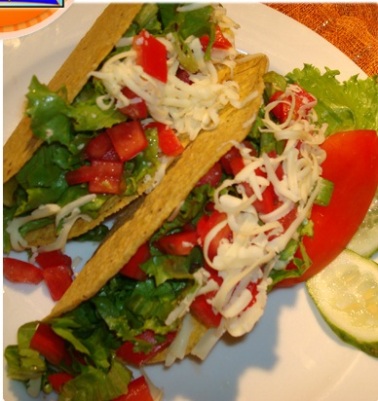 Mexican Fajitas
Mexican Fajitas


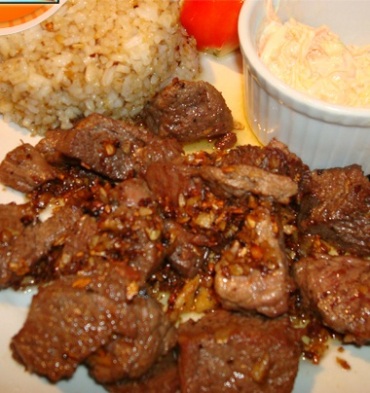
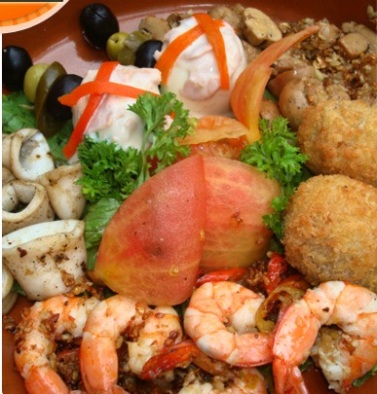
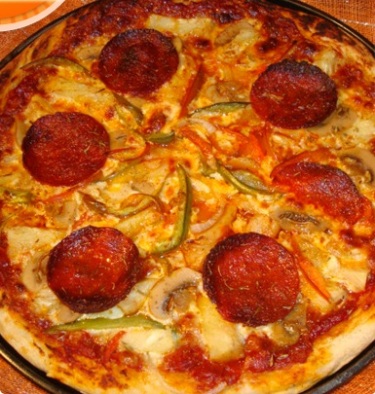

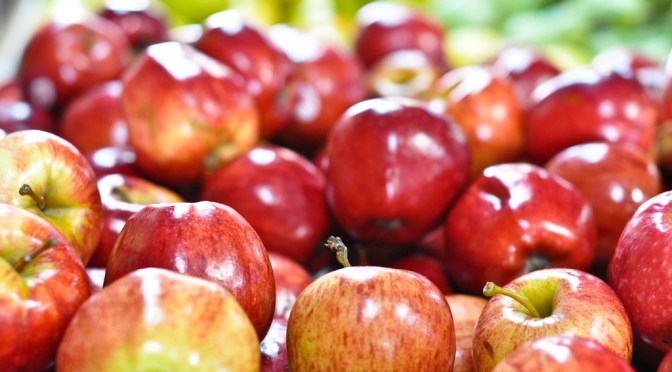


 Brightly Coloured Vegetables
Brightly Coloured Vegetables
 3-7 servings of colourful vegetables and fruits a day
3-7 servings of colourful vegetables and fruits a day
 A Taste of Happiness
A Taste of Happiness



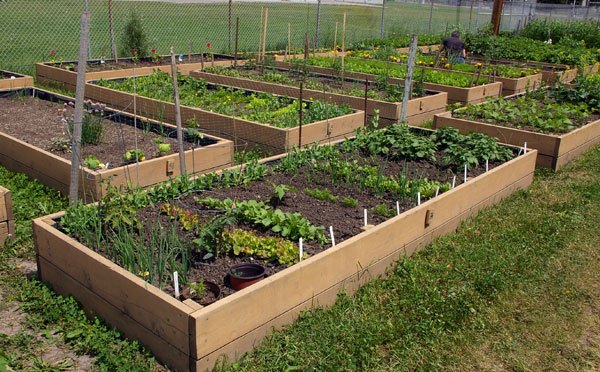









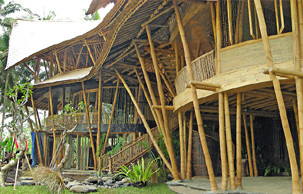




 By: Seth Kugel | A Reblog > Roasting a chipa caburé, a type of cake, in a tatakua, or traditional oven. Cooking a chipa caburé in a tatakua is surprisingly like roasting a marshmallow in a campfire. After wrapping dough around a stick, you place it just barely inside the edge of the domed brick oven and rotate it slowly. Get too close to the wood fire and the exterior burns; rotate it just enough and it browns beautifully as the inside cooks through, ready to be slid off the stick and eaten hot.
By: Seth Kugel | A Reblog > Roasting a chipa caburé, a type of cake, in a tatakua, or traditional oven. Cooking a chipa caburé in a tatakua is surprisingly like roasting a marshmallow in a campfire. After wrapping dough around a stick, you place it just barely inside the edge of the domed brick oven and rotate it slowly. Get too close to the wood fire and the exterior burns; rotate it just enough and it browns beautifully as the inside cooks through, ready to be slid off the stick and eaten hot. Seth Kugel At Bartholu’s, sandwiches go for less than $5, and diners can customize them with a long row of toppings.
Seth Kugel At Bartholu’s, sandwiches go for less than $5, and diners can customize them with a long row of toppings.

